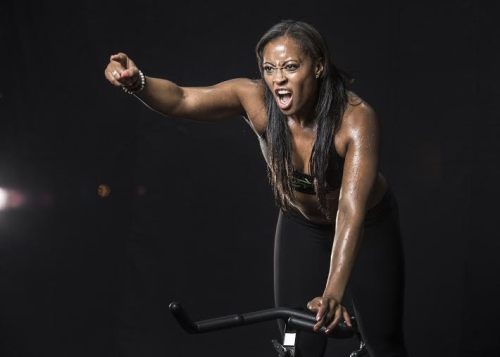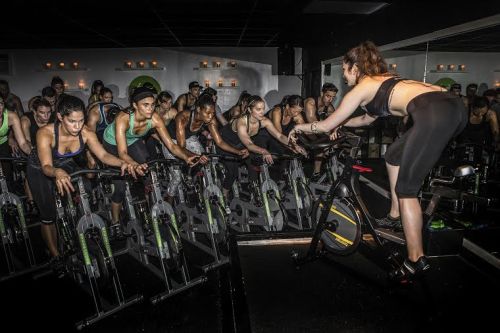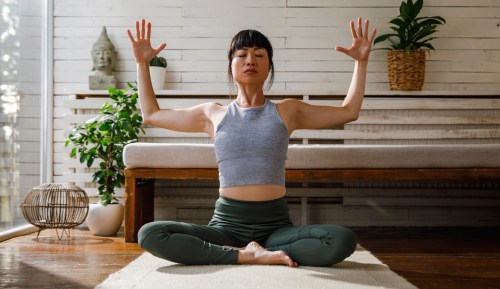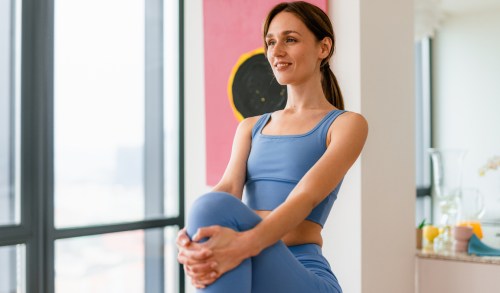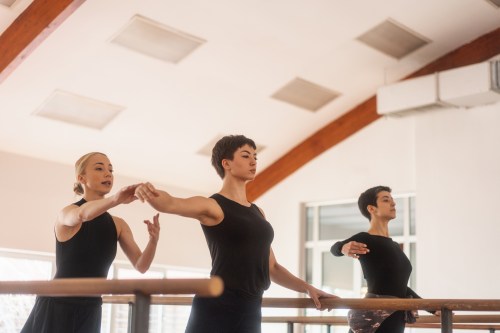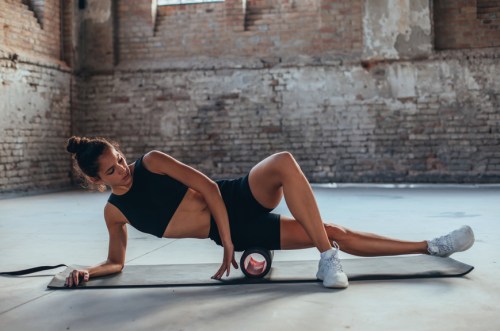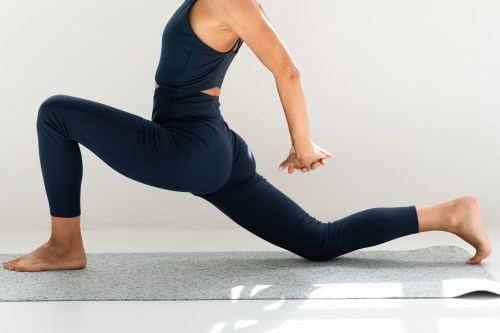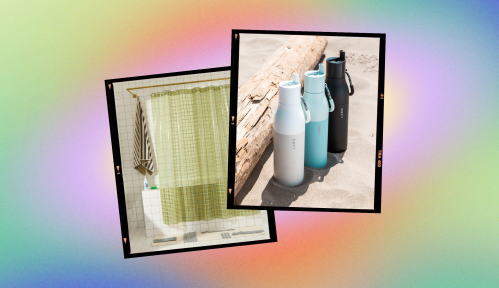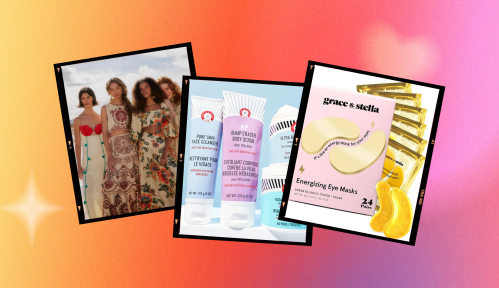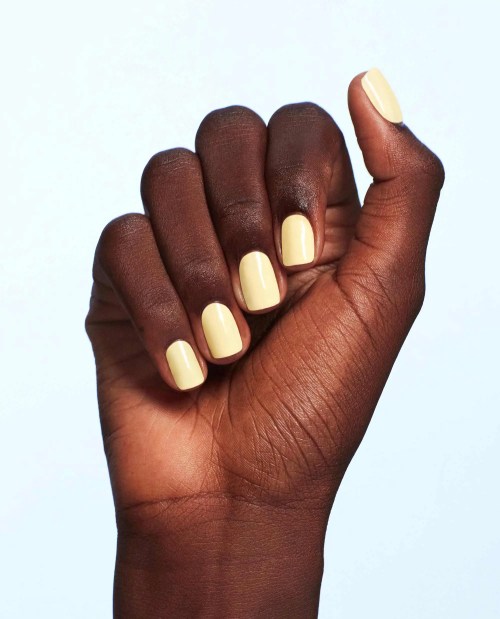“Jenny, are you kidding me?!” Cycle House instructor Nichelle Hines screams into her microphone at a woman leaving class to use the restroom, as she pedals like a maniac at the head of a room full of sweaty, out-of-breath riders. “Your wedding is in 45 days!”
Hines is the Chief Ride Officer at Cycle House, a boutique indoor cycling studio in West Hollywood that attracts mega-celebs like Madonna, Charlize Theron, and Nicole Kidman, and on November 17 will move across the street into sweeter (and sweatier) digs, which founders Adam and Lara Gillman are calling “Cycle House WeHo 2.0.”
Three years in, “with waitlists more than 20 people long,” the move is now more necessary than ever, the Gillmans say. “We’ve gone from about 40 die-hard riders to thousands of them—some of them have lost in excess of 100 pounds by working the Cycle House program. On top of that, the support and growth of our community has meant tens of thousands of dollars donated to charity.” (The studio has a Take 1/Give 2 program, which means that with every ride you do at Cycle House, two meals get donated to a hungry American in need.)
This ethos—and Hines’ tough-love approach to training—are just a few of the special sauce ingredients that have enabled the home-grown studio to successfully woo such a high-profile clientele—and the rest of LA.
The intensity level, which the brand proudly says tops that of other indoor cycling studios, is another. Each class is 55 minutes, plus another five or so for stretching, and every song is designed around high-intensity interval training. Meaning, you’re doing intervals that alternate between sprints and purposefully letting your heart-rate come down while hiking up the resistance.
As a result, you get a ton of strength and endurance training on the bike, and a nice metabolism boost. The only (sort of) reprieve comes during the arms portion. At Cycle House, there’s only one song devoted to them. Still, you may hear whimpers.
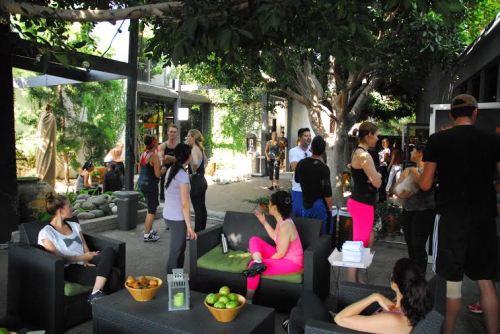
Another unique attribute: After class, riders head outside for focused stretching (instead of attempting to do it on the bike like at other studios), and that practice will be carried over to the new location, where a terrace lounge will take the place of the former courtyard space.
Located at Melrose Avenue and North La Cienega Boulevard, in view of the old location, the new space has a 1,000-square-foot studio that fits 60 bikes, spacious locker rooms with showers (you’re going to need it), a “selfie station” to capture pre- and post-workout moments, and an alkalized water fountain to refill water bottles.
And while the move will mark a major milestone for the brand, it’s only the first step for Cycle House 2.0, with a new location in Santa Monica expected to open early next year. —Jamie McKillop
For more information, visit www.cyclehousela.com
Sign Up for Our Daily Newsletter
Get all the latest in wellness, trends, food, fitness, beauty, and more delivered right to your inbox.
Got it, you've been added to our email list.
